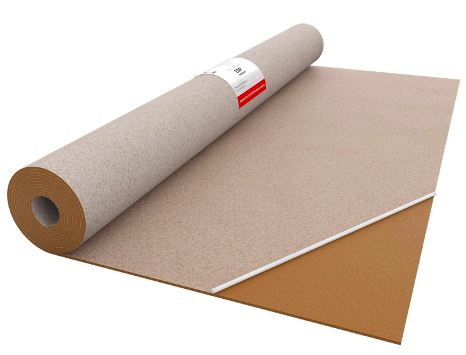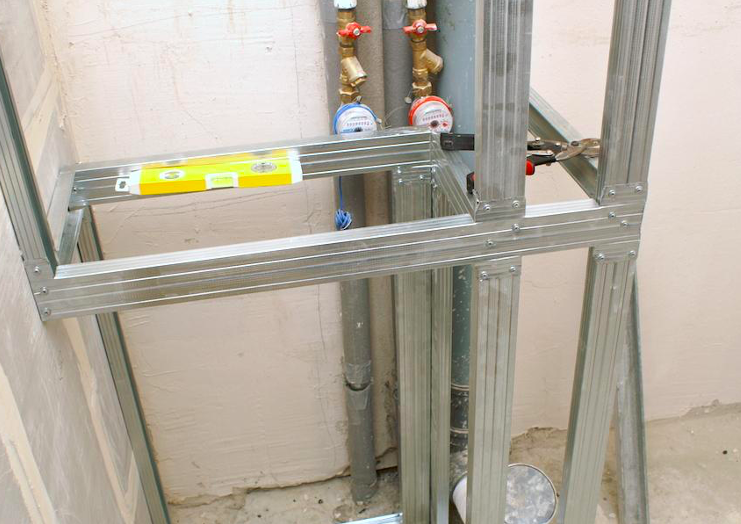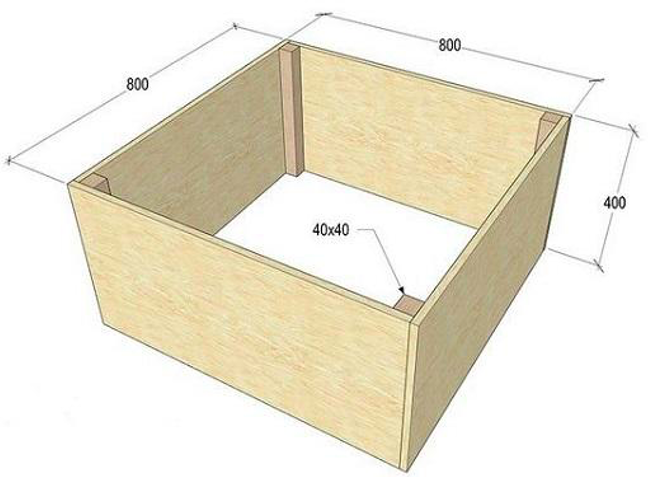There are many ways to insulate a tent. A plastic film is first placed on the floor, then covered with felt. The walls from the inside can be reinforced with isolon or penofol with a foil layer, and outside - covered with a tarpaulin. The material for the tent should be breathable and at the same time well protected from the cold. The main types of heaters and methods of forced heating are described in this article.
The content of the article
- 10 best heaters
- How to insulate a tent: step by step instructions
- Forced heating
10 best heaters
In order for the insulation to be reliable, all parts are insulated: the floor for the tent with your own hands, the walls and the ceiling. This can be done using different types of heaters, for example:
- Izolon or its analogues with a thickness of 2 mm or more - does not rot, is conveniently mounted, has a layer of foil that reflects heat into the tent.
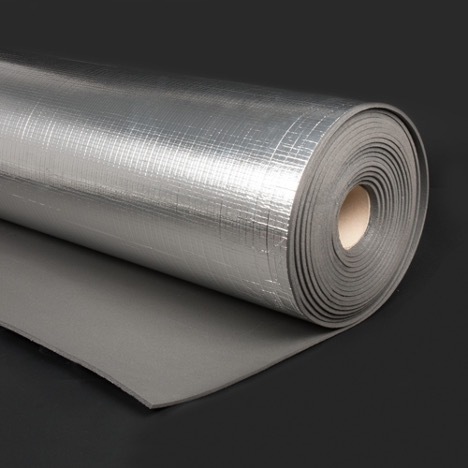
- Penofol is an analogue of isolon with better reflectivity, while it costs more.
- Do-it-yourself awning for a tent is insulated with a padding polyester on foil. Protects well from the cold and is quite affordable. At the same time, during installation, it is necessary to leave holes for ventilation, because otherwise it will be very humid inside.
- Batting is a proven insulation at an affordable price. Needs to be reinforced with foil, which is attached on top of it with a stapler.
- Felt is a material that is laid in several rows, if necessary, also covered with foil.
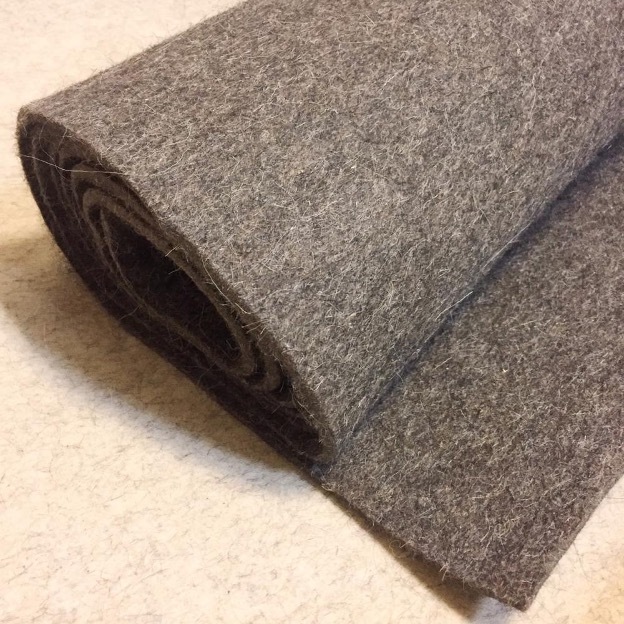
- Polyethylene film is mainly used for outdoor insulation. It protects well from wind and humidity, sleet, but does not let air through at all. Therefore, a do-it-yourself film tent needs constant ventilation.
- A similar effect is given by polyethylene foam, which better protects against cold and at the same time has sound insulation properties.
- Another way to insulate a tent for a winter night is to use a travel mat. This is a temporary option when there are no other means. Not suitable for harsh winters.
- Oxford fabric well protects the walls from the wind, while allowing moisture to pass through, which ensures a good microclimate. Usually in winter this fabric is used together with a tarp.
- A winter tent insulated with a floor will withstand frost and with the help of improvised means. It can be an old blanket, clothes, mats. Spruce branches, moss, not thick branches without knots are placed at the bottom. A layer of snow with earth up to half a meter high is laid around the perimeter so that it does not blow out.
How to insulate a tent: step by step instructions
The tent is insulated in several stages - outside and inside, floor and walls. They also consider ways of forced heating, which is especially important in winter. An example sequence of actions is as follows:
- They put a plastic film on the outside and fix it with clerical clips, and from below they fall asleep with snow or ice. Instead of a film, you can put an Oxford cloth with a tarp or an old tent cloth. Due to this, thermal insulation will increase by 5-6 times.

- Then they insulate from the inside with the help of improvised means, for example, extra clothes or an old blanket. Instead, you can take batting, synthetic winterizer, fold in several layers and fix with a stapler, and attach foil on top. The easiest way is to use ready-made materials with a foil layer, for example, isolon or penofol.
- Now you need to think over a warm floor in a winter tent. For these purposes, the same materials are used, for example, thick felt, isolon with a layer of foil, or ordinary tourist rugs. At the same time, polyethylene is placed under the layer, which will provide waterproofing (melted ice and snow will give water).
- Think over ways of forced heating and the place of installation of a gas lamp, burner or other heaters described below.
Forced heating
There are several ways to keep warm in a tent at night. But even if you use the best materials, in winter this is not enough - forced heating is required. You can implement it using the following tools:
- Alcohol burner - small, gives a limited amount of heat.
- A paraffin candle is only suitable for a single tent in not very frosty weather. Moreover, it will have to be constantly monitored to prevent a fire.
- Dry fuel does not smoke, does not smell, but it lasts only 15 minutes, so you have to constantly set fire to a new batch.
- A gas lamp is comfortable in terms of operation, but it does not give much heat and is only suitable for a slight frost.
- A gas heater is an effective means of heating, suitable even for large tents.
- An infrared burner is another reliable way to heat tents of any size.

- The solid fuel mini-stove heats the best, but it requires the chimney to be brought out.
- Primus gasoline tourist is used for cooking, but in extreme cases it can also be suitable for heating.
It is important to think about what to make the floor for a winter tent from, and how to cover the walls. It is best to use different materials. For example, as the main insulation, you can choose isolon, for waterproofing - dense polyethylene film, and for wind protection - Oxford cloth.
